TABLE OF CONTENTS
Interested in growing marijuana in Florida? Unfortunately, home cultivation is prohibited under Florida's medical marijuana program. If you have been thinking about growing marijuana in Florida, here are 10 things you should know.
1. Growing Marijuana in Florida at Home Is a Crime
Florida’s medical cannabis laws do not specifically cover the cultivation of cannabis. However, Florida law states that possession of 20 grams or less of cannabis is a misdemeanor punishable by up to one year in jail and up to a $1,000 fine. Therefore, growing marijuana in Florida is illegal.
Possession of more than 20 grams of cannabis is a felony. Penalties include up to five years in jail and up to a $5,000 fine.
2. Marijuana Growers Must Be Vertically Integrated
In Florida, medical marijuana companies must be vertically integrated. That means that a company is responsible for the cultivation of marijuana, manufacturing, transportation, and sale of cannabis products to medical patients. Vertical integration has been challenged by cannabis companies but affirmed by the State Supreme Court.
3. Marijuana Cultivation Jobs Are Growing
Florida is third in terms of total full-time cannabis jobs with 31,444 based on 2020’s numbers. In 2020, the state added 14,891 full-time cannabis jobs. Cannabis cultivation jobs are some of the most in-demand positions in the nation.
Popular Florida cannabis grow jobs include:
- Cultivation technician
- Harvest technician (trimmer)
- Cultivation team lead
- Director of horticulture
- IPM technician
4. Florida Black Marijuana Farmers are Waiting for a License
After 4 years of waiting for rules to be developed regarding a new medical marijuana license, black farmers are on the verge of being able to apply. The ruling does not indicate when the license applications will begin being accepted.
A 2017 law required the state to grant a special license to “one applicant that is a recognized class member” of the “Pigford Class,” a designated a protected class of black farmers that won a settlement for a speciall license due to the history of racial discrimination by the U.S. Department of Agriculture.
5. 19 More Grow Licenses Must Be Issued
At the moment, Florida has 22 licensed operators in the state. However, the medical program has a schedule requiring new licenses to become available as the patient count rises. With more than 600,000 medical cannabis patients enrolled since the start of the program, the state must issue 19 additional licenses on top of the Black farmer license.
6. Florida Farmers Can Grow Hemp
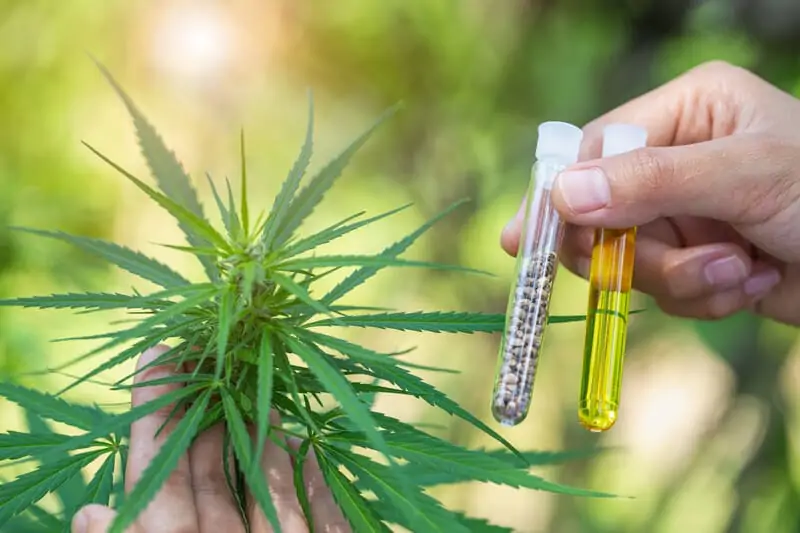
The Florida Department of Agriculture and Consumer Services (FDACS) provides farmers with a Hemp Cultivation Portal that allows them to submit applications for permits to grow hemp in Florida.
7. Home Cultivation Proposals Have Failed Several Times
Florida's road to recreational cannabis legalization has been a failure. A recent citizen’s initiative to legalize recreational cannabis and allow adults to grow weed at home was struck down by the Supreme Court due to misleading language in the ballot initiative.
A new initiative by Regulate Florida is aiming to gain approval and enough signatures after it was rejected by the Supreme Court earlier in the year. It is unclear whether Florida will pass legal cannabis soon.
8. Florida Has an Optimal Grow Climate
Florida's sunny climate makes it a perfect environment for growing cannabis. However, the state also experiences extreme levels of heat and humidity, which can negatively affect marijuana plants.
Florida’s fertile and healthy soil is ideal for sativa plants. Its optimal cannabis climate has made the Sunshine State the third largest indoor cannabis producer in the nation.
9. Only One Man Can Grow Cannabis at Home
Only one person in the State of Florida is legally allowed to grow marijuana at home. In April 2018, A Florida Court ruled that Joe Redner can grow cannabis at home for medicinal purposes. However, only he is allowed to grow marijuana in Florida.
The judge’s ruling said that Redner is “entitled to possess, grow, and use marijuana for juicing, solely for the purpose of emulsifying the biomass he needs for the juicing protocol recommended by his physician.”
“
There are over 300,000 jobs in the cannabis industry. CTU trained me for one of them!

Makes $24.50 @ THC +
10. Florida A&M University’s Hemp Cultivation Research
Florida A&M University (FAMU) has partnered with three hemp producers to research the best hemp varieties to grow in Florida’s climate. Researchers hope to identify strains that will “thrive safely, efficiently, and cost effectively” in Florida. In addition, the research intends to determine the best soil preferences and best practices for growing hemp in Florida.
Enroll in Cannabis Training University
Knowing Florida’s state regulations can help you use cannabis safely and legally. If you want to get a complete cannabis education in Florida, enroll in Cannabis Training University’s online cannabis courses. Our complete curriculum covers all state laws, laws in Canada, and cannabis laws in several countries around the world.

Luis Cordova
Luis Cordova is a distinguished author, and renowned expert in cannabis cultivation, who possesses a Master's degree in Plant Biotechnology and Pharmaceutical Science. As a valued contributor to highly esteemed publications such as Cannabis Training University and Maximum Yield Magazine, Luis has emerged as a trusted source of guidance and knowledge in the cannabis industry. Having written thousands of informative articles, Luis is widely recognized for his comprehensive expertise on cultivating cannabis, both indoors and outdoors.


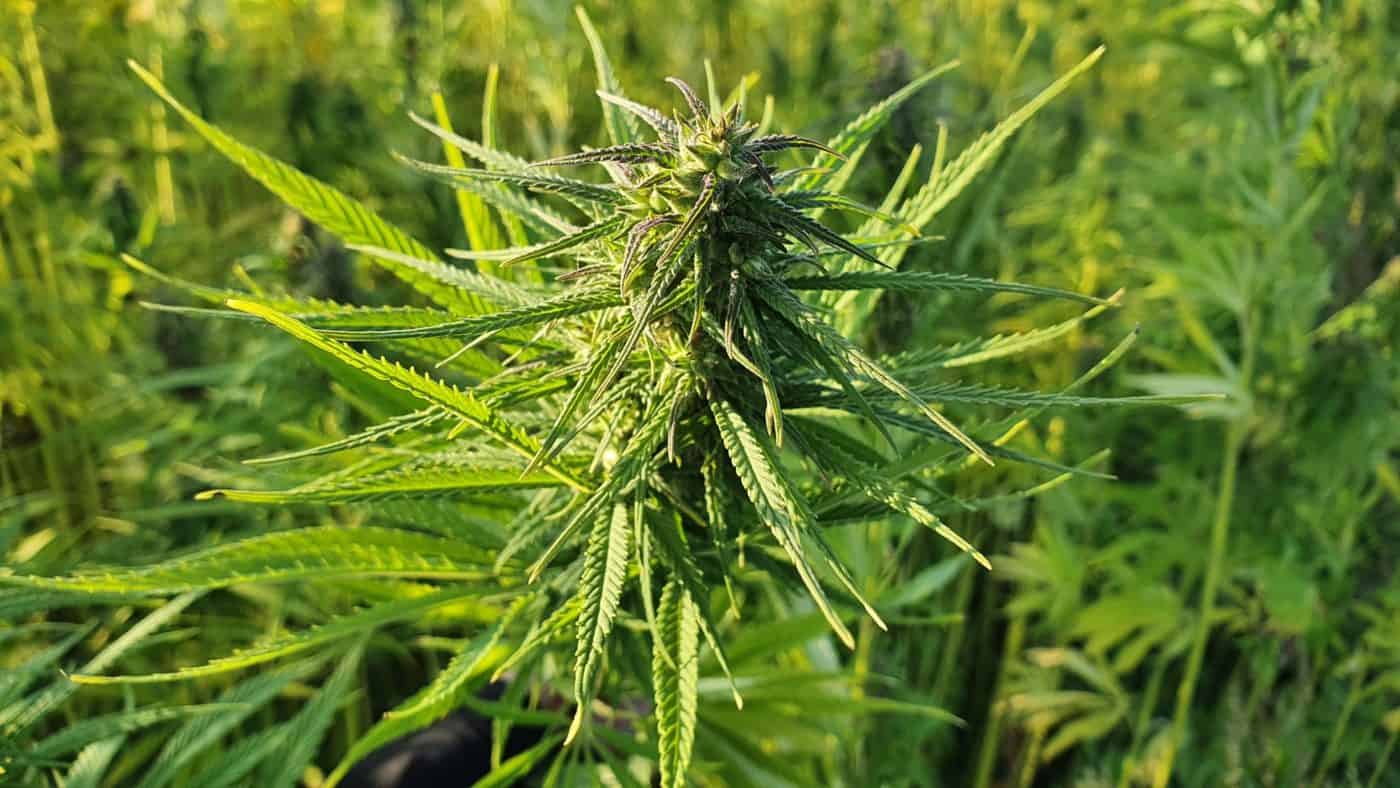
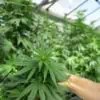


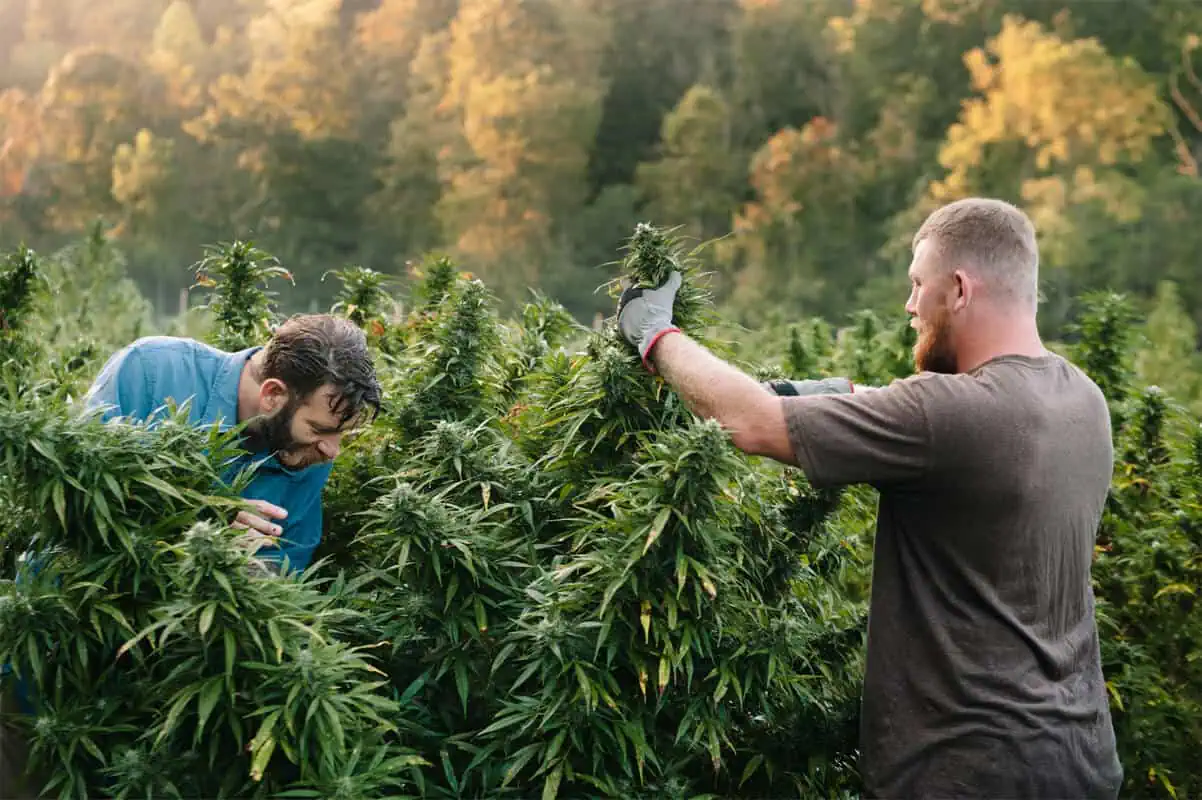

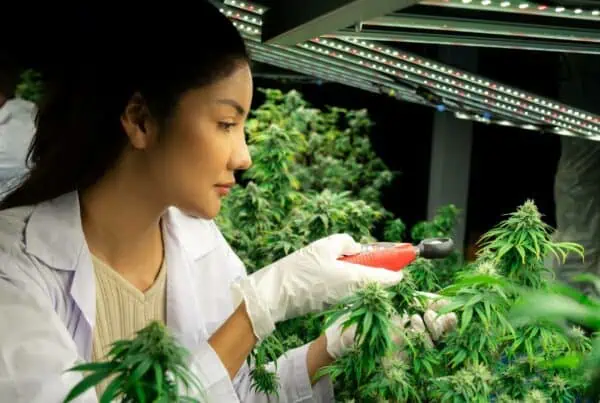
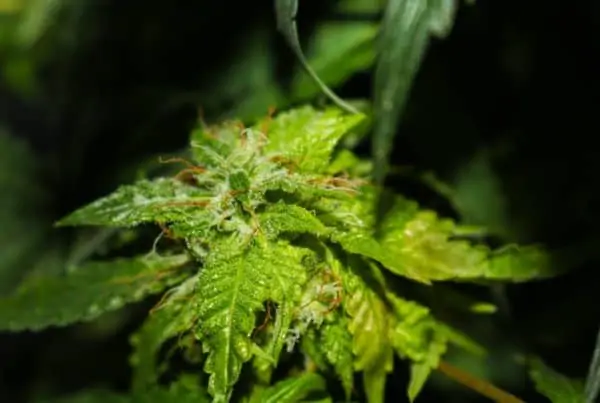
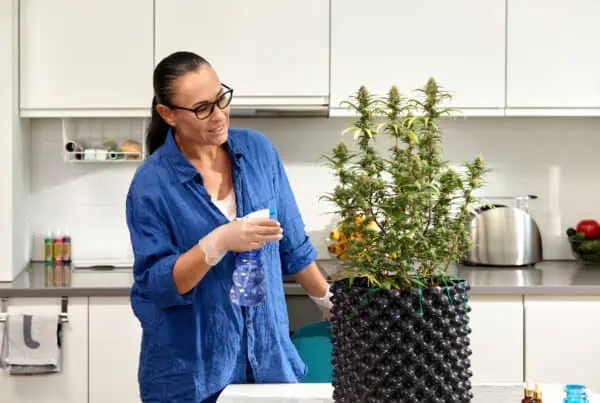

 Jeff was involved in an accident where he endured a traumatic brain injury. He had a week-long stay in ICU where brain surgeons
Jeff was involved in an accident where he endured a traumatic brain injury. He had a week-long stay in ICU where brain surgeons  100% risk free money back guarantee within 48 hours after purchase if student has not completed any of the courses or exams.
100% risk free money back guarantee within 48 hours after purchase if student has not completed any of the courses or exams.